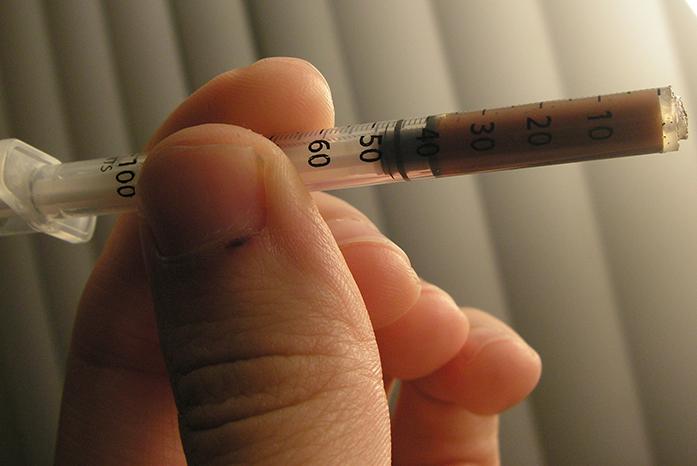Use of heroin is on the rise across the United States. The highly addictive opioid has seen an estimated growth in users of 300,000 over the last decade, according to a study by the Centers for Disease Control and Prevention, and overdose deaths increased by 244 percent between 2007 and 2013.
Iowa isn’t immune to the heroin craze. Thirty-seven of Iowa’s 99 counties have submitted possible heroin samples to the Iowa Division of Criminal Investigation Criminalistics Laboratory over the last decade.
The consequences of heroin abuse are far-reaching; in Ohio, for example, heroin abuse is closely tied to the number of children in foster care.
The most apparent consequences, of course, are overdoses. In Cedar Rapids, there were 44 heroin-overdose-related deaths in the first five months of the year. Iowa is surrounded by major heroin distribution centers of the Sinaloa cartel in Minneapolis, Chicago, and Milwaukee. This makes access easy, and it forces local authorities to look at the problem as a crisis.
The University of Iowa held a summit on the issue, “Heroin and Opioids: A Community Crisis,” last week. Law-enforcement, education and health-care professionals were present, and the summit focused on fighting heroin abuse and prevention education in Iowa communities.
At the federal level, President Obama’s response to the rise in opioid-overdose deaths has been the relaxation of restriction on Naloxone. Naloxone reverses the effects of an opioid overdose and can actually revive an overdose victim in an emergency. The drug is seeing use in communities across the United States with astounding success. In Madison, Wisconsin, law-enforcement officers have been equipped with Naloxone and have saved, on average, one life per week with the drug.
This, of course, only treats a symptom of the real problem — heroin accessibility and addiction. Heroin in U.S. eastern markets is predominantly South American grown. Heroin, along with cocaine and other illicit drugs, primarily pass through the U.S. southern border. It should be said, however, that the drugs are simply supplying a demand.
The demand has been especially voracious in recent years, as other drug use, namely prescription-painkiller abuse, has been cracked down on in the States. The high demand and concentrated effort by cartels to lower the price and increase availability are cause for serious concern. The Drug Enforcement Administration has made it clear that an increase in deaths should be expected over the short term.
Even with prevention programs, there will still hundreds of thousands in the United States addicted to opioids. Treatment and reintegration programs will still be needed. Sufficient care and focus from both the government and public will be necessary to fully address the problem. It can be easy at times of “crises” to spend a lot of energy on one facet of an issue at the expense of every other facet.
The Daily Iowan Editorial Board is glad to see the UI summit addressing heroin abuse. Information and cooperation will be essential at every level to successfully deal with the issues at hand. The use of Naloxone is a life-saving measure that should be introduced to the metropolitan areas of eastern Iowa. That said, in addition to addressing the problems of overdose and importation, addressing the existing market for heroin, and working to shrink it, should be the priority.



